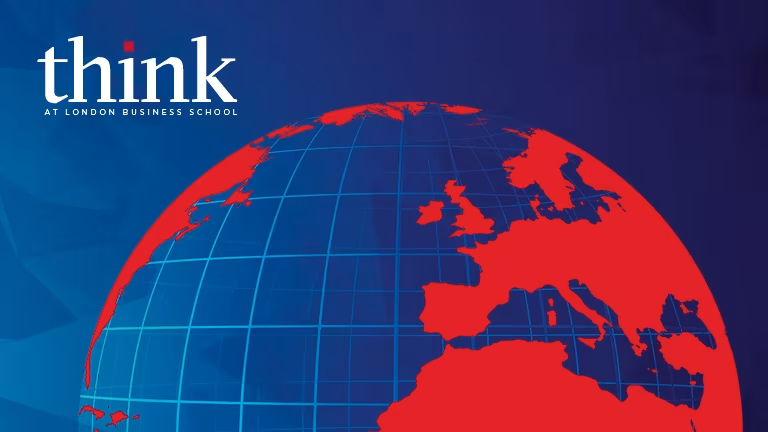
Discover fresh perspectives and research insights from LBS
Think at London Business School: fresh ideas and opinions from LBS faculty and other experts direct to your inbox
Sign upPlease enter a keyword and click the arrow to search the site
Or explore one of the areas below
Gary Dushnitsky talks open innovation and more with Simon Schneider, CEO of the crowd sharing platform ZYNCD.

Simon Schneider: When I was working at IBM 10 years ago I saw the limitations of big companies dealing with their external environments and a changed world. I was working in New York City after 9/11 and the sudden customer demand for security products caught us by surprise. Our model of in-house solutions for everything was becoming unsustainable and I saw the need for big firms to morph into becoming networks of solution providers.
Crowdsourcing as a word didn't exist yet but it was clear that the internet connected everyone and the opportunity to tap into the knowledge and wisdom of the external crowd of customers, suppliers and partners became apparent.
After I left IBM I did my MBA at London Business School where I founded a startup that become Europe’s leading crowdsourcing platform, helping big companies and governments to find new innovations from outside their firm. In five years we gave out over $5 million in prizes to the crowd, but more importantly we achieved a seven-fold ROI for our customers in terms of cost savings and impact, measured by a UK government study.
A few years later in 2012 the industry leader InnoCentive successfully acquired our startup (Omnicompete) for several million dollars.
There have been two trends converging over the last decade, which have forced companies to open up.
The first is the shift companies are undergoing as they see a need to cut costs and deal with increased customer demands around product personalisation and a changed landscape. Emerging peer-to-peer exchange models are threatening the traditional distribution models of companies and forcing a complete reset of thinking, says Gartner Research.
This changed environment has already put a few old and closed companies like Kodak out of business, while open innovation pioneers like P&G have shown impressive results. The good news, according to research at Harvard Business School, is that companies, which do end up creating open networks actually achieve eight times higher value and revenues than any other business model.
The second and perhaps even more powerful shift has been that consumers actually want to be involved. They want an interactive relationship with brands -- this was confirmed by a 2014 study by the PR giant

Think at London Business School: fresh ideas and opinions from LBS faculty and other experts direct to your inbox
Sign up